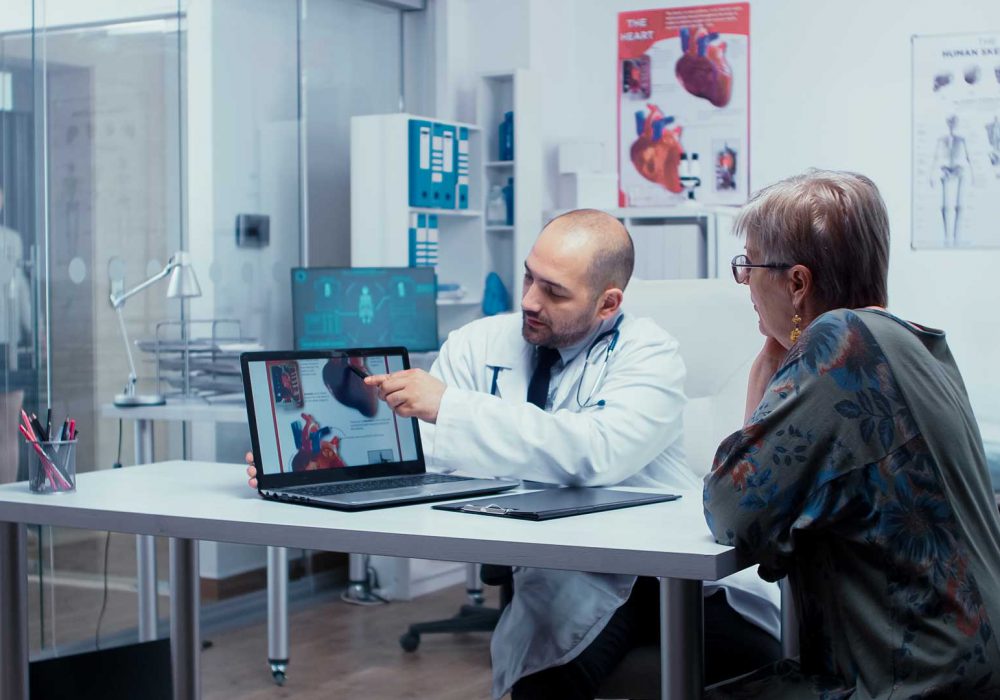
CABG (pronounced like the word “cabbage”) stands for Coronary Artery Bypass Grafting. Coronary artery bypass (CABG) surgery, also referred to as Coronary Revascularization, reroutes blood flow around a blockage in the coronary artery so the heart muscle can maintain a good blood supply.
The heart-lung machine—cardiopulmonary bypass (CPB)—is one of cardiac surgery’s most important inventions. A heart-lung machine allows surgeons to perform open-heart surgery safely and effectively, and has been used for more than 40 years. But there are risks associated with stopping the heart and temporarily replacing its functions with the heart-lung machine. Risks include potential bleeding, major stroke or minor neurological problems resulting in difficulties with understanding and memory.
Beating heart CABG (BHCABG) surgery, also called off-pump coronary artery bypass surgery (OPCAB), reduces the risks associated with the use of the heart-lung machine. During a beating heart CABG surgery, the heart continues to beat while the surgeon performs the bypass grafts. The surgeon uses a stabilization device to still the small area of the beating heart where the bypass is being grafted. The stabilization device utilizes small suction pods that gently attach to the surface of the heart. The pods work by lifting, not pushing down on the tissue, to stabilize the area where the surgeon will graft the bypass. The device is flexible so that it can be positioned on the heart vessels, yet sturdy so it can steady a portion of the beating heart while minimally affecting heart function.
Mon – Fri
08.00 AM -8.00 PM
Sat – Sun
09.00 AM -5.00 PM